In a bygone era, there were many things that simply weren’t discussed in polite society. Children were to be seen and not heard, women weren’t allowed to be pregnant in public, and nobody was a raging alcoholic, they just “liked to tie one on.” In those days when your love of tying one on started to interfere with the rest of your life, perhaps after you’d wrecked a couple of cars or peed yourself after a 5 Martini lunch and cost Sterling Cooper that big account, you went (or more likely were sent) to “a quiet place in the country” where you “took the cure.”
In 2015 we take a more enlightened and humane view of children, biology, and addiction, but there are still some subjects that are taboo in polite golf society (and yes, I’m aware that “polite golf society” is an oxymoron). Visit a golf club of any size and you’ll find them – hollow-eyed golfers, shuffling around the putting green, some of them chain smoking, others staring off into space, all with the sunburned neck and slouched posture that comes of spending hours bent over the putter, trying to resurrect the sure, firm stroke of a player who knew the putts were going to drop. Their regular foursome feels pity for them. Strangers avert their eyes. Everyone wishes them well, but nobody wants to stick around – nobody wants to even watch lest they somehow contract an illness so dire that to even speak its name on the course is to invite public reproach. No one knows where it comes from, and there are as many home remedies as there are sufferers, but still they’re banished to the shadows. It’s time for society to recognize these golfers. To restore their dignity and help them become positive, contributing members of Sunday Four Balls everywhere. Fortunately for them, there is a Cure.
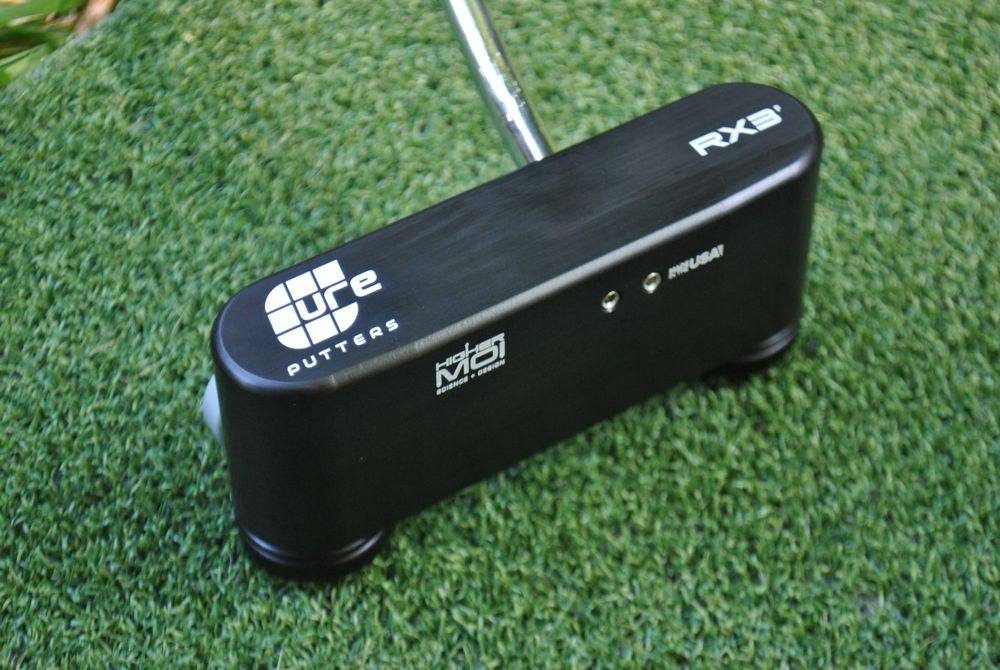 The doctor is in
The doctor is in
I know that sounds like a long way to go to make a “Cure” joke, but something about Cure putters inspires that kind of whimsy. Loyal Three Guys readers know that we love us some boutique putters. Nothing turns our editorial heads or gets our editorial mouths watering like a finely turned piece of Brass, Copper, or Steel. But ask a Ferrari owner sometime how they like driving their supercar to work. The clutch is heavy, the steering is stiff, the ground clearance is crap, and you have to constantly monitor the weather lest your investment get rained on (at least that’s what I hear). Sometimes that beautiful piece of metalcraft from the latest putting boutique feels the same way. Suddenly the laser-milled top line leads your eye to see the line 8″ to the left, the elegant hand-turned swan hosel lets the face fan open on the takeaway, and the unobtainium face insert give such exquisite feedback that you flinch every time you’re about to hit the ball. You, my friend, have The Yips.
That’s right, I said it. I can do that, because I have seen the cure, and it is The Cure. Cure putters are the newest weapon in the battle against The Yips, and what they lack in hand-turned artistry they make up for with hard science, easy adjustability, and the MOI of a diesel locomotive.
Science Break: MOI is Moment of Inertia. It’s a measure of how much force it takes to rotate an object around its axis. The higher the MOI, the harder it is to rotate the object. When that object is a putter, it means that putts hit on the heel or toe don’t turn the putter face, so they roll closer to the intended line and distance. So when it comes to putters and MOI, more is better.
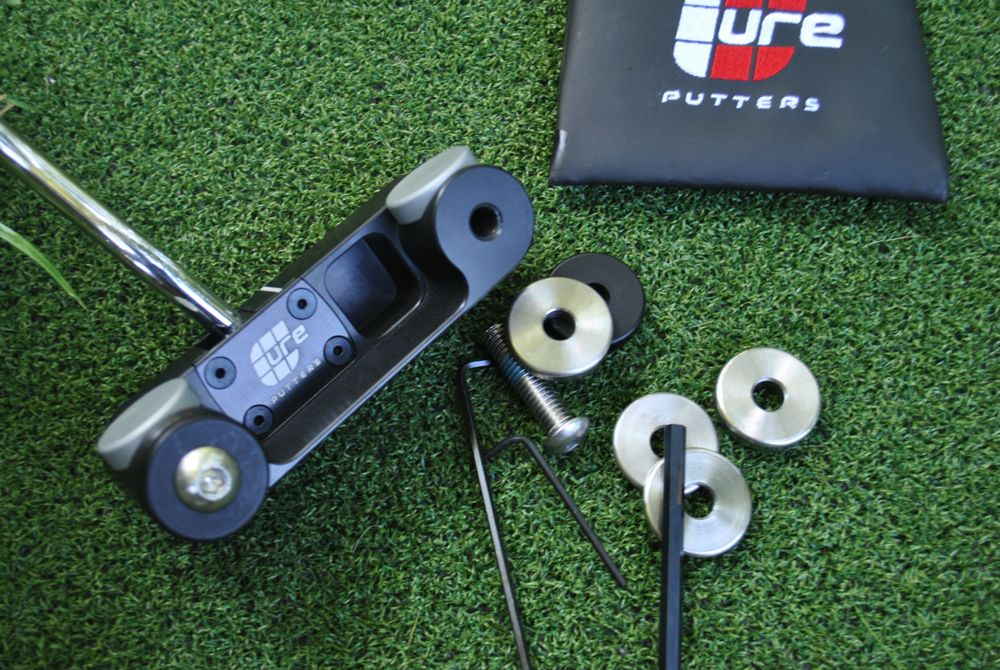 So… Many… Choices…
So… Many… Choices…
Cure putters achieve their crazy-high MOI by moving every gram of weight that can be moved out to the edges of the putter. For every Cure except the RX3F I chose, this results in a distinct “C” or “E” shape, with weight pillars at each end of the face. That’s not enough for Cure, though. Every Cure comes with a set of weights that let you add almost 150g of weight to the ends of the pillars, jacking the MOI of the RX3F from an already astronomical 8,000 g/cm2 to a sky-high 12,500. And the RX3F has the lowest MOI of any Cure putter – the RX2 starts at 10,500 and can be jacked all the way to 16,500. Just grab the included Allen wrench, remove a couple of screws, and start adding the included weights. Cure even includes a handy table to tell you what each combination of Stainless and Aluminum weights does to the weight and MOI of your putter.
The adjustability doesn’t stop with the weight, though. With the exception of the blade-style RXi, all Cure putters are adjustable for lie. Loosen 4 screws with the (also included) Allen wrench, set the lie angle where you feel comfortable, snug them down and you’ve got a custom lie. I have over 2 dozen putters. The other one that has a custom lie took 2 hours of fitting and cost over $500.
Finally, the RX1 and RX2 series putters are ambidextrous. 2 more Allen screws (you guessed it, wrench included) and you can flip the shaft over. Boom! Lefty putter.
On the RX2, RX3, and RXi models, all of this weight and adjustability combines with an aiming system designed by former PGA Tour commish and 4-time PGA Tour winner Deane Beman. The weight pillars feature round “eyes” that combine with the golf ball to create a triangle. If the triangle points where you want the ball to go, just take the putter back and swing it through.
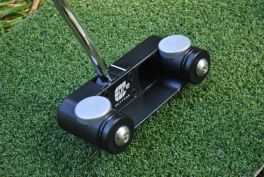 Triangulation is how you find stuff
Triangulation is how you find stuff
Before you take the putter back, I hope you ate your Wheaties. Did I mention that the RX3F model I tested starts, bare naked without even the cap screws, at 387 grams? Start raising the MOI and you’ve raised the weight too – there’s no such thing as a free lunch. Fully stocked the RX3F weighs in at a hefty 528 grams. Those grams cover a lot of territory, too. The RX3F has the shortest head in the Cure line at “only” 5.25 inches. The RX1 and RX2 models are a whopping 6 inches long.
Which brings us to the elephant in the room. Cure putters are big, and not particularly pretty. The RX3F suffers more than most from the addition of a flange between the weight pillars (hence the “F” designation) that lets you scoop up a ball with the back of the putter (yes, this is irrationally important to me. I’m okay with that.) Combine that with the RX3F’s matte black finish (the RX1 and RX2 models are available in a variety of colors) and the visual effect is like putting with a dustpan.
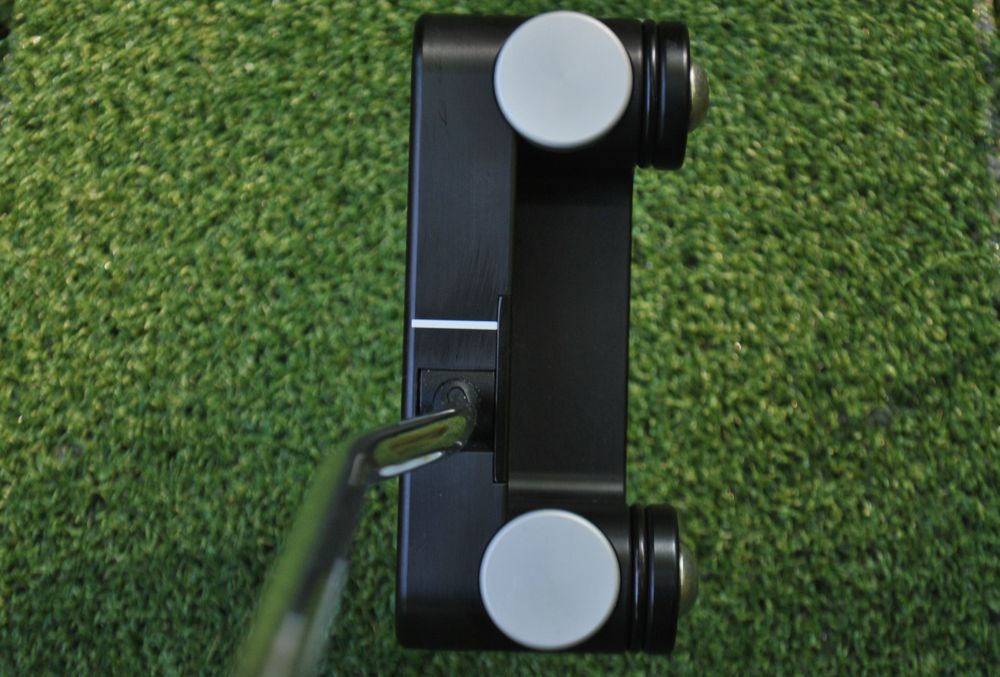 Some images may not be appropriate for all audiences
Some images may not be appropriate for all audiences
If you can get past that (and let’s face it, if you’ve got The Yips you can get past a lot) and you might find that you can take The Cure without a spoon full of sugar to help the medicine go down. Feedback from the deep face is surprisingly good, if oddly delicate for such a large and purposeful head. It’s easy to tell when you’ve hit it in the center, the putter swings through with a musical “ting” and almost no sensation of striking a ball. Off-center hits aren’t punitive, they just don’t give the same sweet sensation as perfect putt. The astronomical MOI and Dreadnought-class weighting keep the ball very close to on line, and I didn’t notice any distance penalties. Good putts start rolling immediately, with little hopping or skidding, and seem to hug the green as they roll, which I like.
The Cure RX3F is in its element from 6-12 feet, where the weight and MOI let you swing freely, and I found myself making more of these than I normally have any right to expect. Putts longer than about 15 feet are a little nervy, as the heavy head makes me fear that really smacking a putt will blast it into the next fairway. Ironically for a putter that’s designed to combat The Yips, I had the most trouble with The Cure inside 4 feet. I have a naturally arcing stroke, and high MOI cuts both ways: it’s hard to rotate the head off line, but once you do it’s hard to rotate it back on line again. Honestly I think that if I could relax and let the RX3F swing freely at short range it would bury putts inside 4 feet as easily as it does the mid-range putts that it thrives on, but the combination of heavy weight, high MOI, and visually enormous design made me nervous, and nerves are the enemy of the 4-footer. Ironically those same things should be great comfort to anyone with a straight-back-straight-through putting stroke, because once you start it on line, the Cure is never going anywhere else.
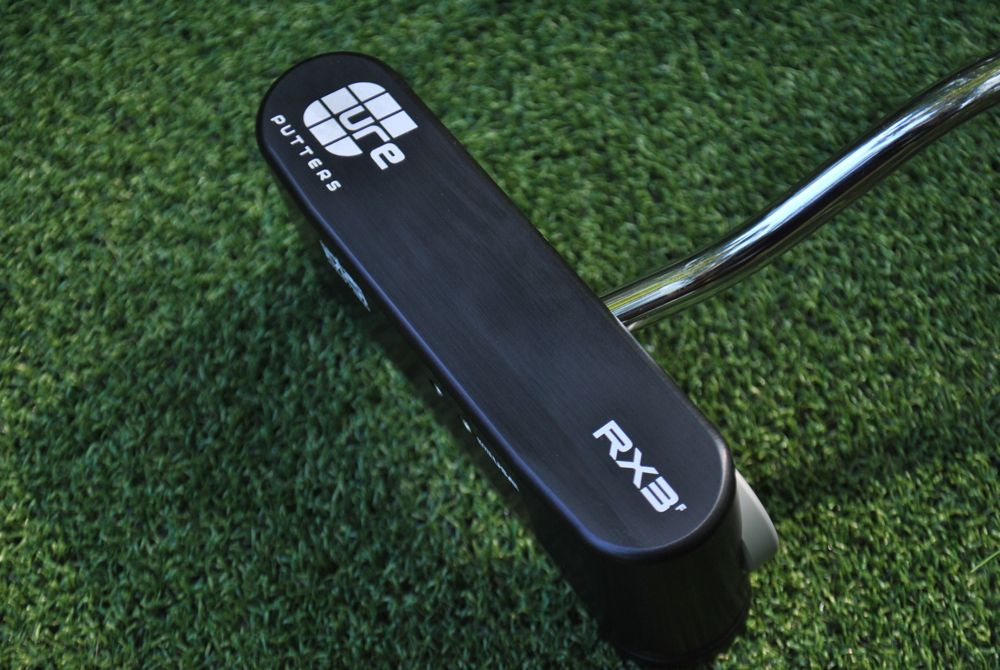 Harder to take off line than Chernobyl
Harder to take off line than Chernobyl
I’ve made peace with the fact that my handsy, feel-based putting style is going to bite me every so often, so I wouldn’t hesitate to recommend The Cure to putters with a straight stroke, or for anyone who either needs to quiet their hands or already putts with the classic shoulder rock. I often tell people that putting is mental: if you don’t think you’re a good putter, you aren’t. Fear of missing putts leads to missed putts, that’s what makes The Yips so insidious. So if you’re starting to feel an affinity with the hollow-eyed zombies of the practice green, take heart. With prices ranging from $199-$299 ($290 as tested), The Cure is a reasonably priced remedy for what ails you.

 Harder to take off line than Chernobyl
Harder to take off line than Chernobyl



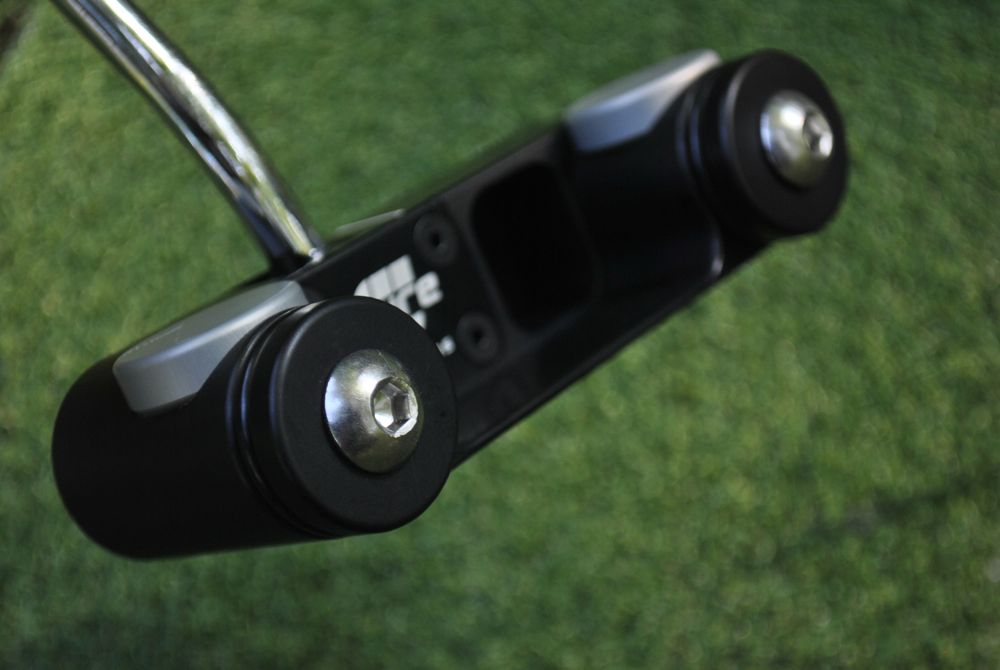


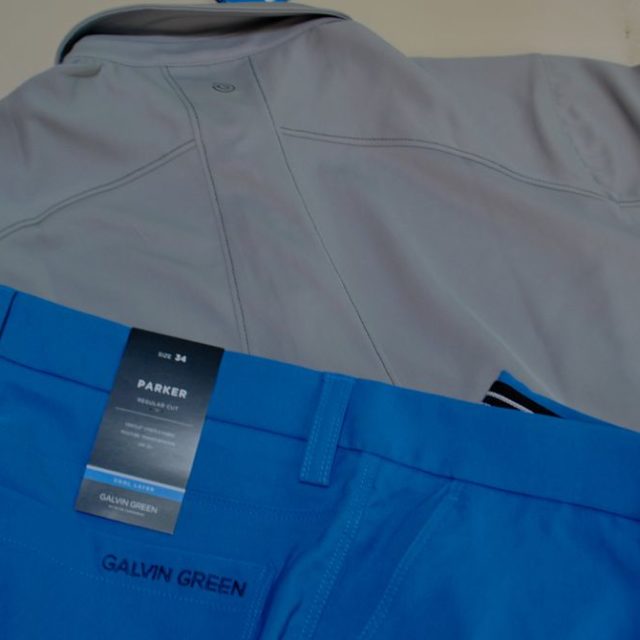


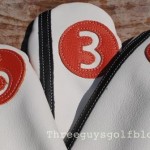
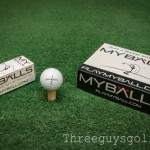
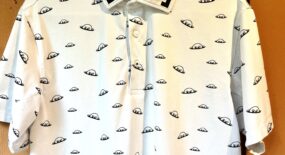


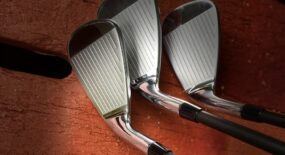




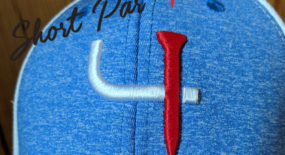

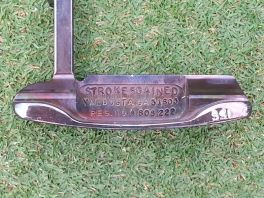
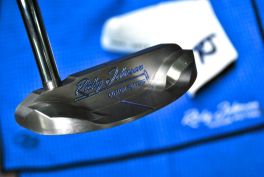
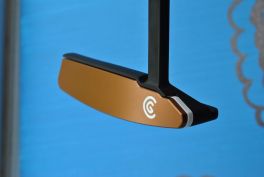

As one who fears the over-complication of golf by ‘science’, this was a very cool description of MOI and how it applies to this club. For $300 though, it’s got to look better than it does, and in the future, let’s just say “The ‘Y’ word”. 🙂
I really enjoyed your review. The Yips, along with debilitating hip arthritis (don’t recall which came first) destroyed my love of the game. Never a long hitter, I perfected my short game and lowered my handicap respectably. Approach irons, wedges and consistent putting was the essence of my game. Then, signs of the dreaded and usually terminal golfing malady started robbing me of well earned pars and occasional birdies. You are absolutely right, when you speak of the implosion and the pariah status that inevitably follows. My arthritic hips were killing my long game, and the yips were annihilating my short game inside of 4 feet. I still retained my wedge play, and I would purposely miss approach shots, because I had a better chance of holing-out than making the put. I was that good with a wedge, but I still had to make some gimmes. On a scale from 0 to 10, the humiliation factor of missing these put were an 11. All the joy of being out on a nice golf course, with good friends on a perfect day drains away when you refuse to pick-up, and instead, watch a gimme rim out, wondering if you can even tap it in, coming back. On this crowded, bustling, municipal golf course, all parties racing to finish before the sun sets, you suddenly feel alone with yourself, and with this disease crippling your confidence in yourself as well as your game. Well, an opportunity to move to another state came my way and I took it. I never played golf again, and lost touch with my buddies, of those still alive, and not experiencing some degree of dementia. I have a new hip, and while I’ll never walk the course with same veracity that I once did, I have been thinking about taking the old clubs to the range. I’m sure, it will be like I’m starting all over again. Those first cautiously truncated swings, tearing through all the rust that has accumulated will be the most difficult, no matter how much I have conditioned and stretched out in preparation. But what scares me most is visiting the practice greens. I may order a Cure RX 3 on eBay, first, maybe used, to see what it is all about. If this putter can’t help me get past the Yips, I may have to take up another sport. One not based on quiet moments of contemplation, where the noise of self doubt has too much free rein and consequence.
I absolutely loved your writing, its very refreshing. Most golf reviews I’ve found are very matter of fact and down right boring. Most articles that peak my interest, I begin reading but quickly lose interest and stop. You’ve got a great style. It’s one that you want to continue reading. I applaud you sir! Thanks for a great article